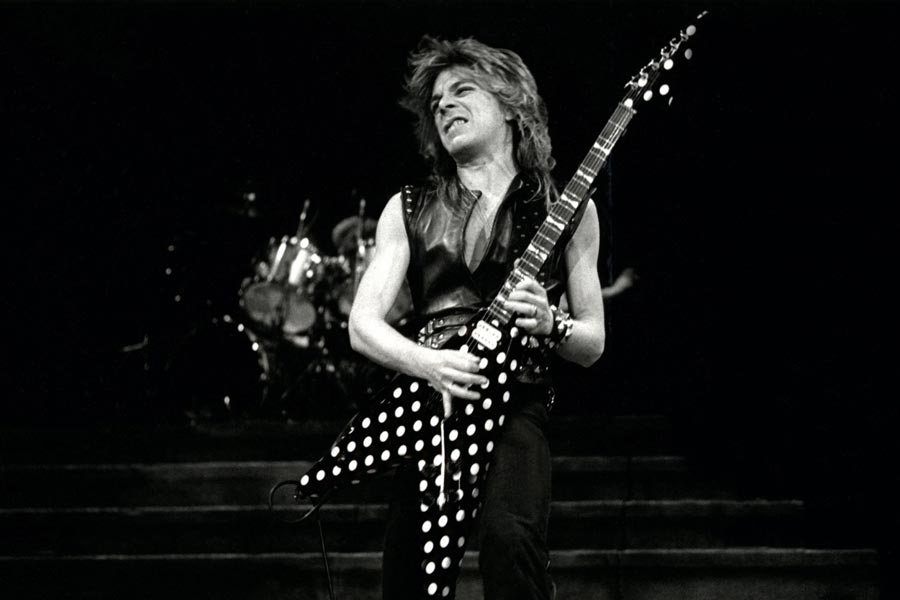
Hard rock fans know the name of Randy Rhoads, the exciting young guitarist who had shredded his way to center stage in Ozzy Osbourne’s first post-Black Sabbath solo band, a co-writer of “Crazy Train” and a standout on the two albums he blazed and helped co-write and co-produce, “Blizzard of Ozz” and “Diary of a Madman.”
He was also victim of one of the deadliest of the misfortunes that seemed to swirl around Ozzy in those days After biting the head of a bat in a Des Moines show, and being accused of peeing on the Alamo, Osbourne was on tour in Florida when his bus driver took the guitarist on a joy ride in a small plane that buzzed the rest of the band still in the bus and crashed in a fiery explosion, killing three. Rhoads was only 25.
The young guitarist gone too soon was revered enough to be subject of a rock documentary more than 40 years after his death. But two-thirds of Andre Relis’ “Randy Rhoads: Reflections of a Guitar Icon” (Amazon Prime, streaming) are about Rhoads’ days fronting a much lesser L.A. band, Quiet Riot, back in days when the band couldn’t get a U.S. record contract to save its life (though a Japanese subsidiary of Sony did).
Rhoads deserved better in life and in film, as this one was cobbled together from second hand interview tapes, smudgy concert video and a lot of still pictures. There are a raft of testimonials from representatives of other hair bands of the era (though the famed guitarist of supposed Quiet Riot competitors Van Halen, Eddie Van Halen, ungenerously shrugs in an old radio interview that Rhoads learned everything he knew from him).